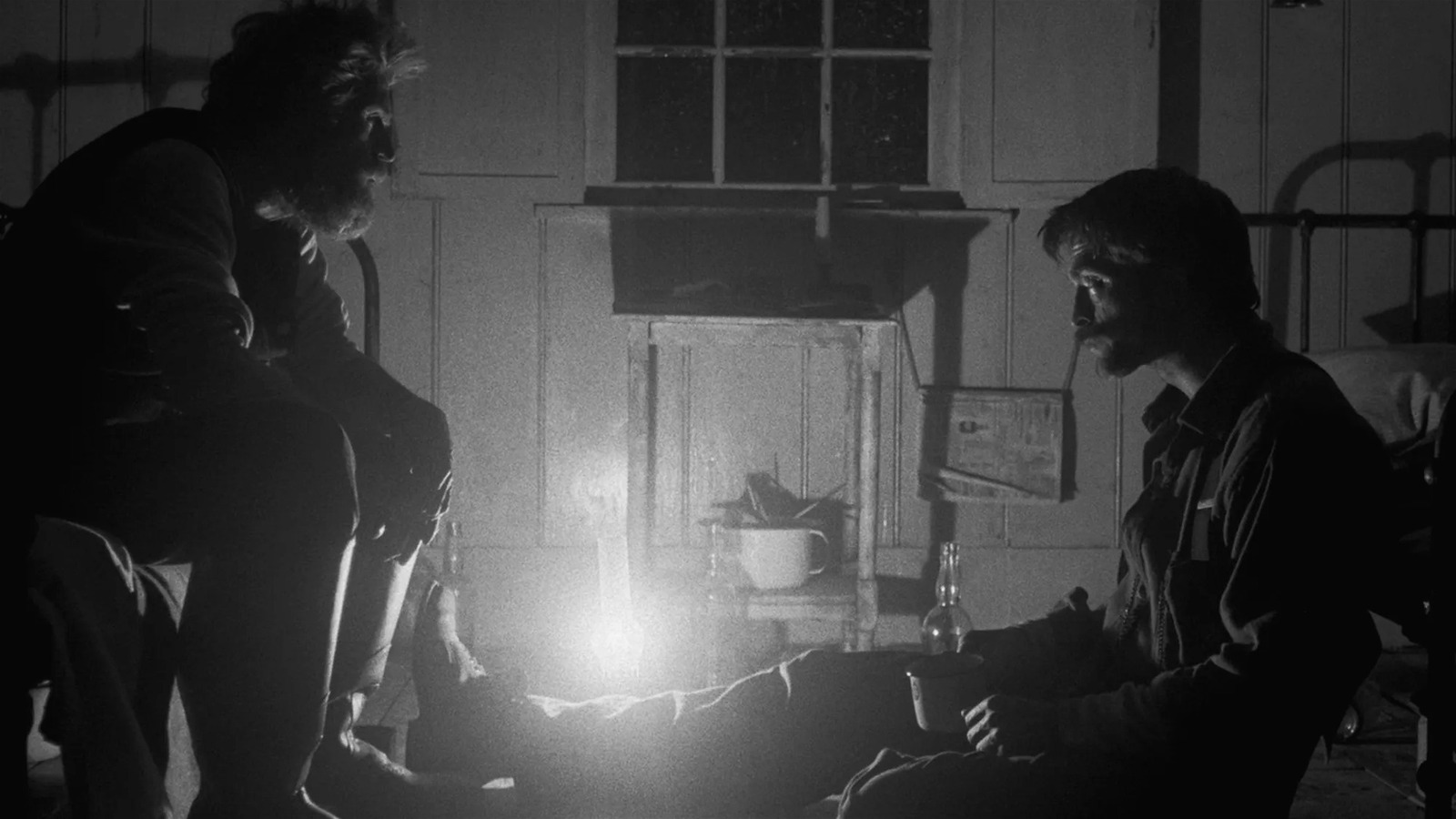
The Smalls incident occurred in 1801, a time during which two-man lighthouse-keeping teams were pretty much the standard. Thomas Howell and Thomas Griffith, who were publicly known to have gotten into arguments prior to being stationed together, had to put their differences aside and work as a team for the sake of their jobs. As the two famously did not get along, one can only assume how tense this shared space must have been, isolation being the only option amid horrid storms. However, real tragedy struck when Griffith fell ill due to the extreme weather and died soon after, despite Howell’s attempts to send distress signals and apply first aid to the best of his abilities.
While Griffith’s sudden death is jarring enough, things took a morbid turn when Howell decided to not dispose of the body out of fear that he might be accused of murder, as their mutual dislike was public knowledge. He let Griffith’s corpse remain inside the cramped quarters as he went about his duties for days and only decided to craft a makeshift coffin after the body had started to decompose. Howell dragged the coffin outside and haphazardly propped it against the rickety building, but after days of extreme weather, the coffin gave away, until the corpse’s detached hand could be seen swaying in the wind from inside the hut. The trauma of isolation, coupled with the sight of the severed hand, drove Howell to the brink of a mental collapse.
After Howell was rescued, he reintegrated into society a broken, hollow man who seemed unrecognizable to even those closest to him. The public knowledge of the incident essentially changed how lighthouse keeper teams were stationed, as a new policy stated that groups would at least constitute three men, and never two.




